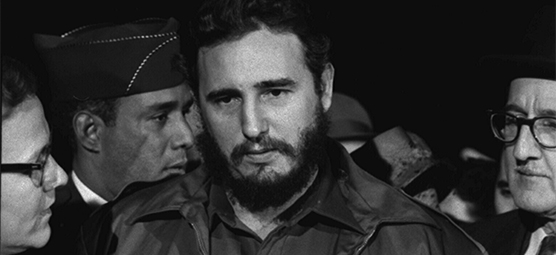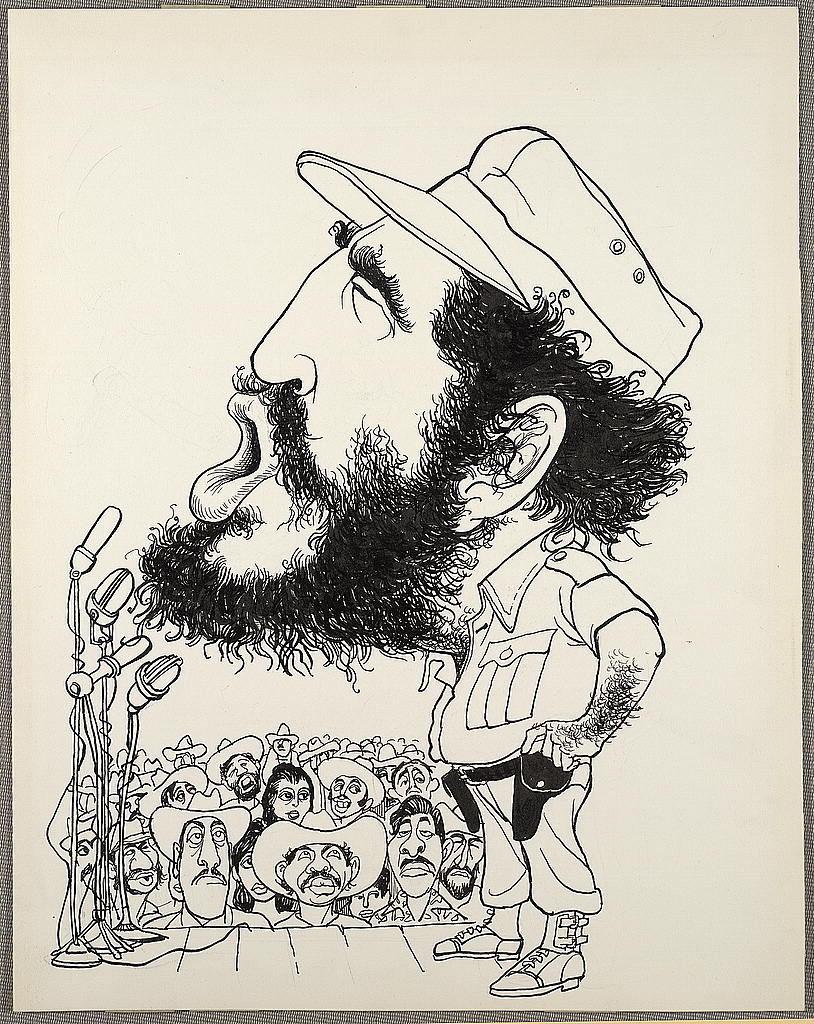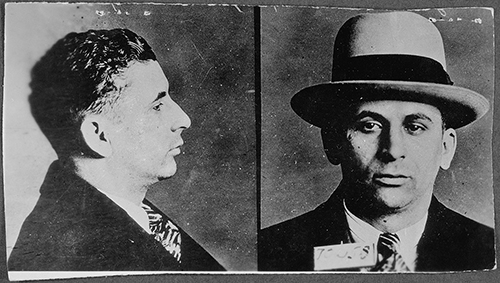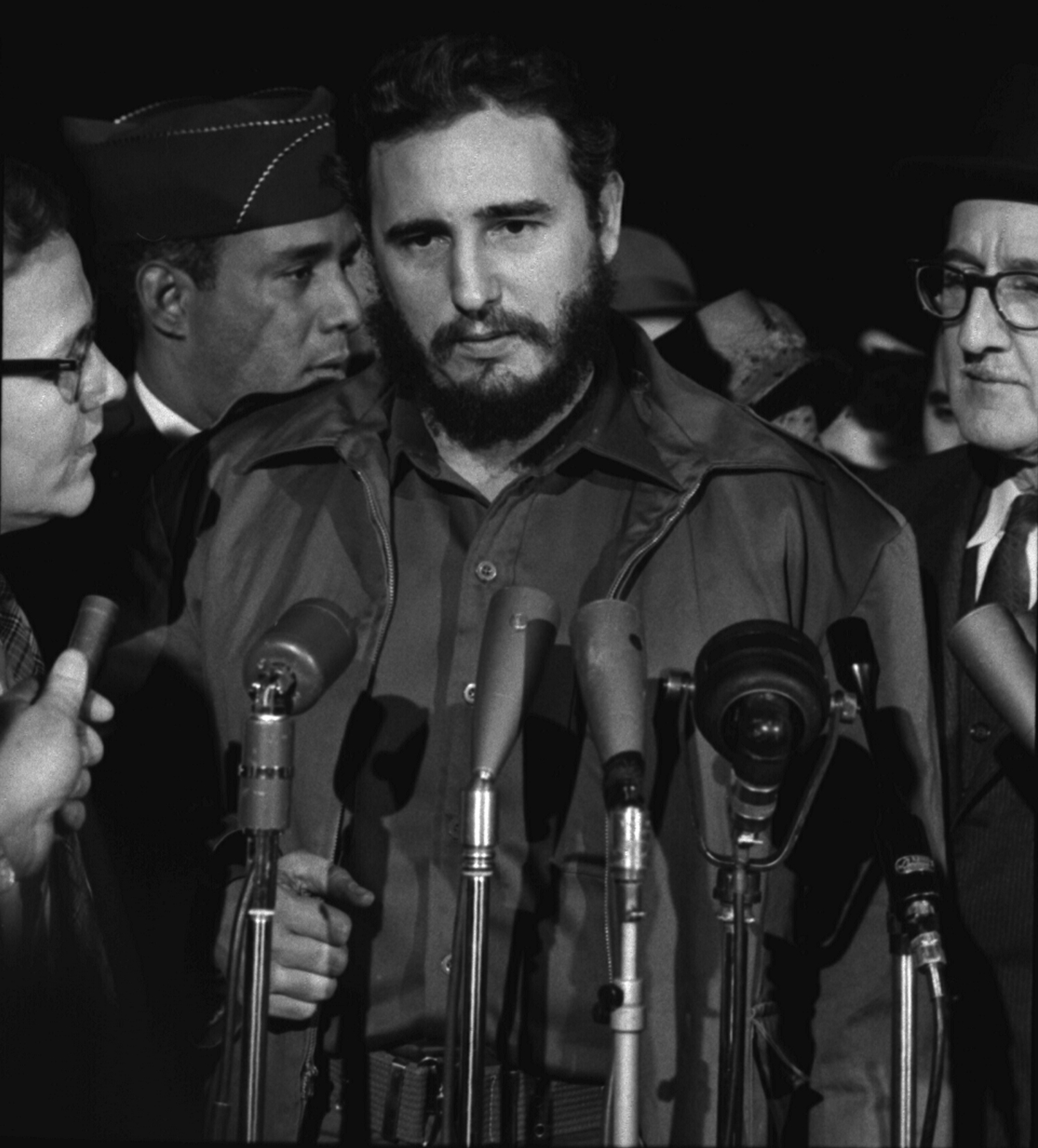Fidel Castro derailed Mob’s plans in Cuba
Meyer Lansky took biggest hit when rebels overran Havana

This is the first of three blogs on the death of Fidel Castro. Part two looks at Mob ties to assassination attempts against Castro. Part three examines the effect of Castro’s revolution on Las Vegas.

The death last week of Fidel Castro at age 90 drew impassioned responses from around the world, as he was either honored or vilified for his five decades of communist rule of Cuba. Lost in the dialogue was the harsh blow Castro dealt to the American Mob when he seized control of the island nation in 1959.
Castro led a guerrilla group of revolutionaries who challenged the brutal regime of Fulgencio Batista. After Batista fled Cuba, Castro entered Havana on January 1, 1959, to cheering crowds. Among other dramatic changes, Castro threw American companies off the island – including the mobsters who controlled Havana’s hotels, casinos and nightclubs.
High-profile organized crime figures such as Meyer Lansky and Santo Trafficante Jr. were hit the hardest, as they had made the largest investments in Cuba. Lansky actually was on Batista’s payroll as the dictator’s casino gambling adviser. Lansky also had just spent millions of dollars on his masterpiece gambling resort – the Hotel Riviera.
The Mob invested heavily in Havana during Batista’s tenure (1952-58) and had built a tourism destination that rivaled Las Vegas. As T.J. English describes the scene in Havana Nocturne: How the Mob Owned Cuba … and Then Lost It to the Revolution, “The allure of organized gambling, along with fabulous nightclub floor shows and beautiful women, brought an influx of money into the city.”
But while the tourism sector flourished, the economic activity it generated did not benefit the island’s wider population. “Foreign capital washed over the island,” English writes, but the money was not used “to address the country’s festering social problems,” including hunger, illiteracy, subhuman housing and a high infant mortality rate.
“To those who cared to look below the surface, it was apparent that Cuba’s startling economic windfall was not being used to meet the needs of the people but rather to pad the private bank accounts and pocketbooks of a powerful group of corrupt politicians and American ‘investors,’” English writes. “This economic high command would come to be known as the Havana Mob.”
Enter Fidel Castro, a lawyer and political activist who gathered his rebel forces in the mountains and planned his attack on the capitalist exploiters. Protests and acts of violence had preceded the fateful events of December 1958, but the Mob kingpins seemed oblivious to the fact that their assets were at risk.
In the case of Santo Trafficante, his belief was that whoever followed Batista would continue to support the Havana casinos. But he failed to understand that Castro embraced a communist philosophy that left no room for foreign investment or frivolities such as gambling.

According to English, on December 31, 1958, Lansky had a pretty good idea that the rebels had won. He didn’t know what would happen to his casinos long term, but he knew he needed to act immediately to protect the money. He instructed his Havana Mob partners to close the casinos immediately and take all the cash for safekeeping.
It was a smart move, although not everybody followed through as quickly as they should have. The following morning, Castro’s rebels and their supporters took to the streets of Havana and proceeded to trash a number of the resorts. Slot machines were smashed and burned in the streets. Windows were shattered.
“The greatest indignity of all was saved for the Riviera,” English writes. “In an act of revolutionary audacity, campesinos brought into the city a truckload of pigs and set them loose in the lobby of the hotel and casino, squealing, tracking mud across the floors, shitting and peeing all over Lansky’s pride and joy.”
The Havana Mob’s visions of a gambling cash cow in the Caribbean were dashed. Lansky, long a top dog in the national syndicate, never really recovered from the obliteration of his Cuban dream.

As for Castro, Cubans saw him in a positive light until he came to emulate and surpass the oppression and brutality of his predecessor. The Miami Herald summarized the twin aspects of his ascent to power:
“He ended American domination of the island’s economy, swept away the old political system and the traditional army, nationalized large and small land holdings and brought reforms in education and health care. He also was a ruthless dictator, the Maximum Leader who reneged on his promise of free elections, executed thousands of opponents, imprisoned tens of thousands, installed a Communist regime and made his island a pawn in the Cold War.”
Gambling and the influence of the American Mob played a big role in the economic growth of Cuba during the 1950s, but they also contributed to resentments that fueled Castro’s revolution. This is the shadow history that has been left out of most news reports and reflections in the wake of Fidel Castro’s death.
Feedback or questions? Email blog@themobmuseum.org





